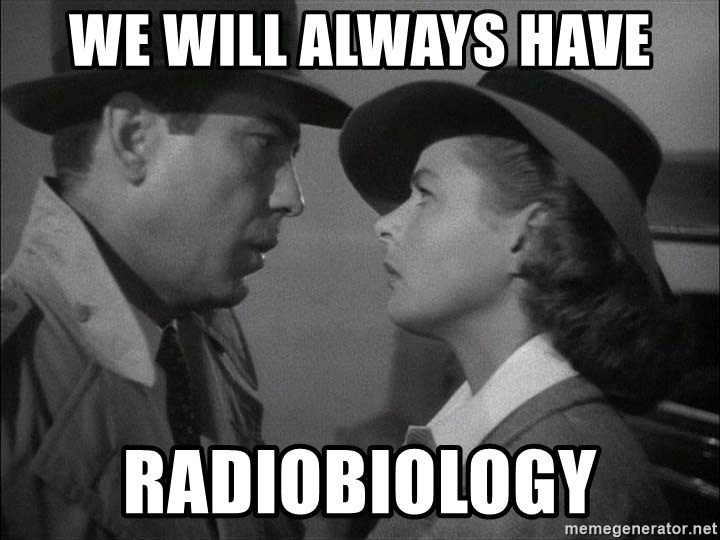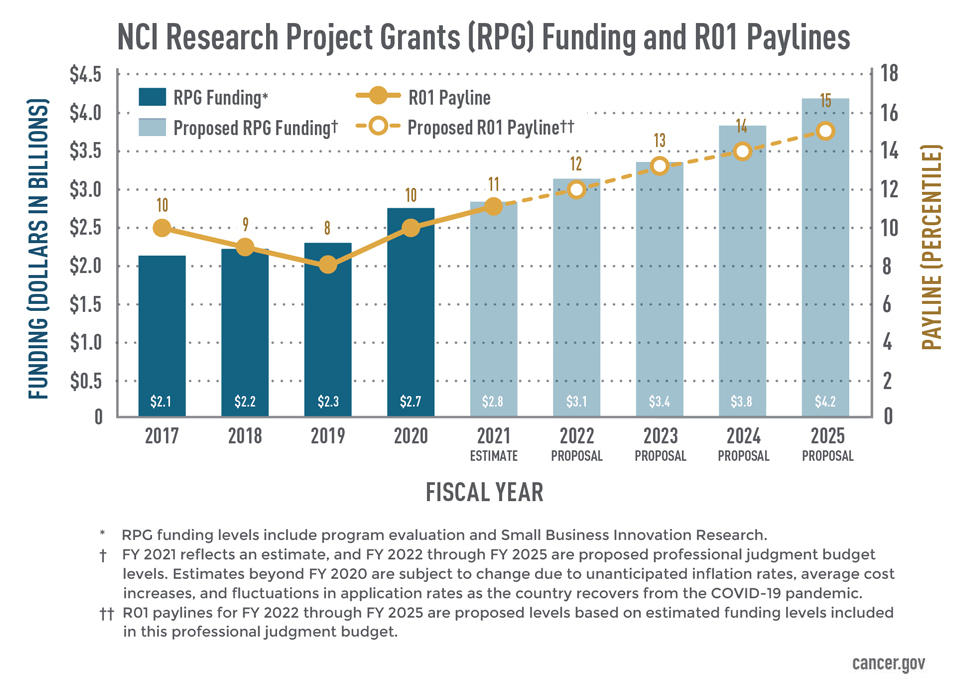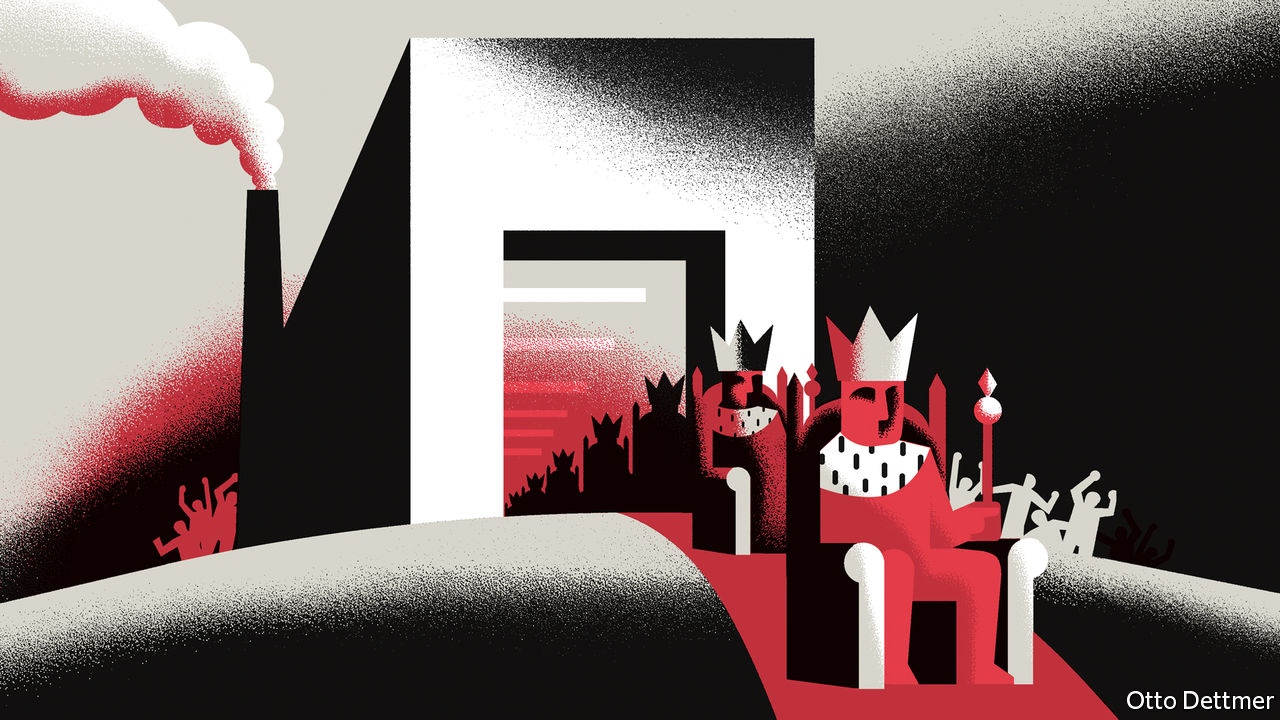The size of scientific fields may impede the rise of new ideas. Examining 1.8 billion citations among 90 million papers across 241 subjects, we find a deluge of papers does not lead to turnover of central ideas in a field, but rather to ossification of canon. Scholars in fields where many papers...

www.pnas.org
None of the trends above are specific to radonc IMO.
Nor do I blame existing radonc researchers for lack of actionable progress.
I do blame radonc leaders from circa 2005-2015 for believing that collecting talent like Horace Slughorn made sense, was moral and needed to be done more by expanding residency positions.
What we have instead of great (meaningful) research output is a brutal meritocracy and this:
Some academics argue that unhappy elites lead to political instability

www.economist.com
There needs to be room for great science to happen. The universe needs to conspire with our ambition. Medical oncology provides the nearly infinite space of cancer biology. Radiation oncology provides the much smaller space of radiobiology and cancer pertinent physics. Combine this limited space with the glut of talent and the small field of radiation oncology is acting like the large, stagnant fields referenced in the above PNAS article.
Very few radiation paradigm changes in last 25 years in radonc IMO. IMRT preceded me and is really nice (not quite a paradigm change), SBRT almost a paradigm change, move away from ENI almost a paradigm change. Protons not a paradigm change. IGRT not a paradigm change. All incremental and sometimes good. Mostly associated with fewer treatments. Very little survival benefit associated with these. Mostly physics driven.
In medical oncology, OMG. Personalized genomic medicine and a move to n of 1 personalized therapy. FDA approval of Herceptin (1998), Gleevec (2003), Yervoy (2011) and then every other immunotherapy agent. Next generation endocrine therapy in prostate cancer. Survival benefit speaks for itself.
No wonder many of the best radonc researchers have research only tangentially involved in radiation, and no wonder so many super smart academic radoncs looking for meaning in their work have turned to reduced utilization and disparities based research.





